Agenda highlights
- Visual tour of Greenland’s aquatic and terrestrial ecosystems
- Hike to top of Sugarloaf Mountain
- Stop at lakes to observe ‘sea tomatoes’, wildflowers, snails, and insects
- Reverse engineering Ikea furniture
- Soccer with scientists at night in full sunlight
Today’s Scientists
Lauren Cullen (Dartmouth University)
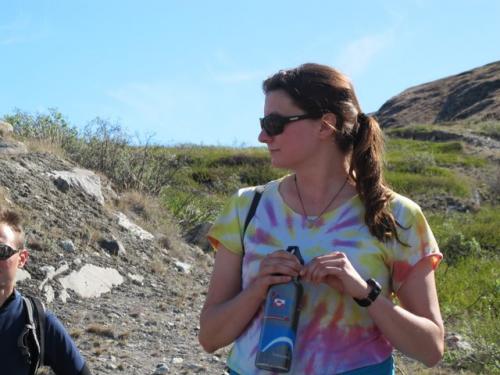
Jeff Kirby (Penn State University)
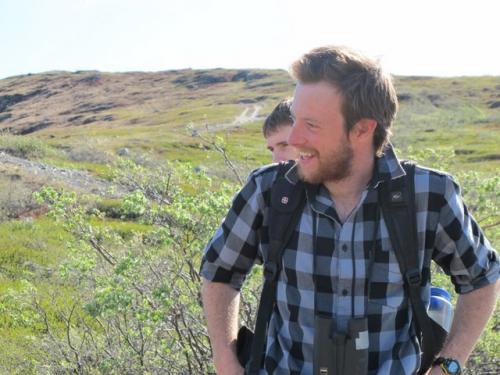
Using unforgettable video clips and photographs from their fieldwork, Lauren and Jeff gave an unforgettable introduction to the aquatic and terrestrial ecosystems of Greenland. Then, they took us out to the lakes and Sugarloaf Mountain near the edge of the ice sheet to see and experience it ourselves.
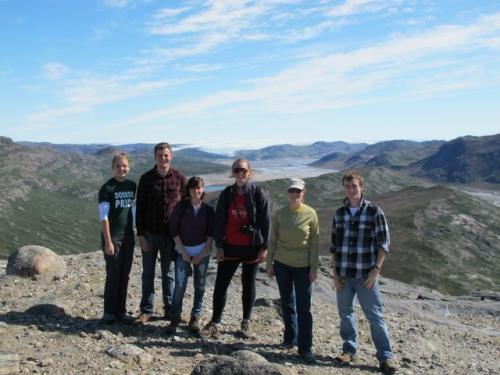
Along with amazing views of Kangerlussuaq and Russell GlacierA mass of ice that persists for many years and notably deforms and flows under the influence of gravity., we saw numerous wildflower species, birds, snails, ‘sea tomatoes’, and insects. To see photos and descriptions of what we saw, check out the other Journal entries: ‘Greenland: Plant reference guide’, ‘Greenland: Organism reference guide’, ‘Greenland: Cloud reference guide’, ‘Greenland: GeologyThe science that deals with the dynamics and physical history of the earth, the rocks of which it is composed, and the physical, chemical, and biological changes that the earth has undergone or is undergoing. reference guide’, and ‘Greenland: Glaciology reference guide’.
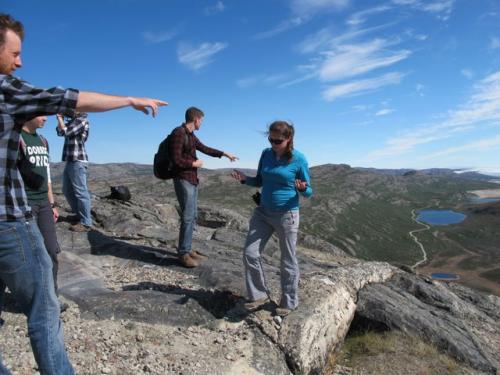
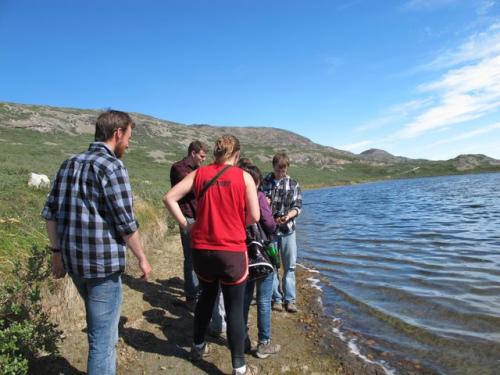
Did I just say ‘sea tomato’? Yes, I did! So what is a ‘sea tomato’? It is a type of cyanobacteria that grows only in a few lakes in the Kangerlussuaq area. They look like, you guessed it…tomatoes rolling around the lake bottom.
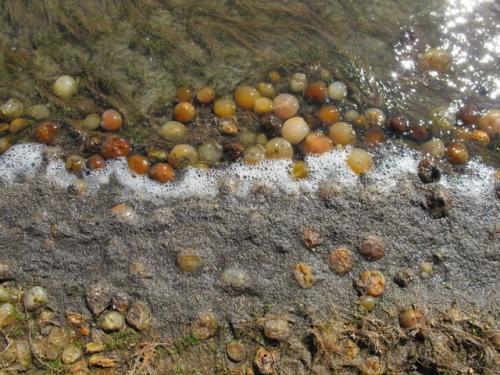
The ‘sea tomato’ sighting piqued everyone’s interest and sparked lots of questions.
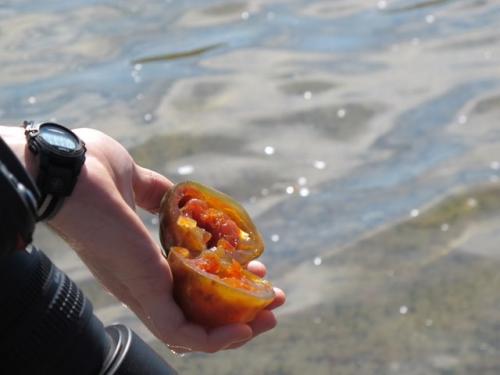
What are they? Why do they have such a round shape? Why do they seem to have a skin? Why do some ‘squirt’ when you squeeze them? Does their shape and size affect how well they skip against the water surface when tossed back into the lake? Ok, the answer to that last one is about physics and can be found here: http://www.loc.gov/rr/scitech/mysteries/stoneskip.html
We plan to go back and study the ‘sea tomatoes’ further when the rest of the students get here. But first, we need to figure our way out of common fieldwork logistical problems…just because you can drive to the field site, doesn’t mean you can drive back. A big part of field safety is planning for mishaps like this. (We got on our way just fine.)
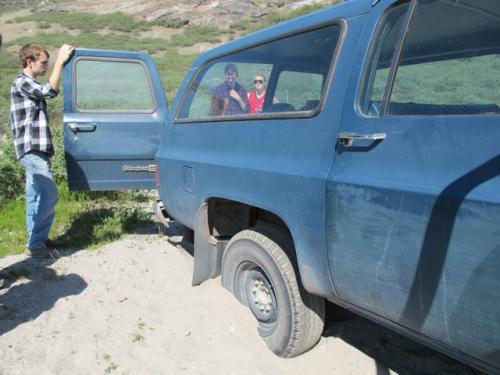
Today’s Puzzler
The facts:
7 rooms have 2 bunk beds (4 beds per room)
2 rooms have a single bed (1 bed per room)
4 rooms have no beds
There are 4 extra bunk beds (8 beds total).
There are 24 students.
There are three teachers at the most on any given day.
You can only separate the 4 extra bunk beds into individual beds.
If each teacher has their own room, no room has four people sharing, and you fill all the rooms, how many rooms will have 3 students sharing and how many will have 2 students sharing?
(Hint: Draw a diagram.)
Key vocabulary
Cyanobacteria: aquatic bacteria that produce their own energy through photosynthesis (chloroplasts in plant cells are actually a type of cyanobacteria!)
Ecology: study of the relationships that living organisms have with each other


Comments